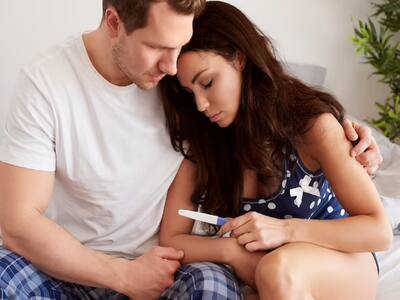
Mitochondrial Replacement Therapy (MRT) may be a viable option for couples who are struggling with fertility challenges due to mitochondrial disease, says Dr Kshitiz Murdia.
The desire to have children is a universal human experience, and for many couples, it is a dream that they hope to make a reality. However, for some, this dream can be a challenge due to a variety of factors such as age, genetic disorders, or infertility. Fortunately, medical science has made remarkable advancements in recent years, one of which is Mitochondrial Replacement Therapy (MRT).
Here, Dr Kshitiz Murdia, CEO & Co-Founder of Indira IVF, explains all aboutMitochondrial Replacement Therapy (MRT), including how it helps in tackling fertility challenges due to mitochondrial disease.
What is Mitochondrial Replacement Therapy (MRT)?
MRT is a medical procedure that can replace faulty mitochondria with healthy ones in the cells of an embryo. Mitochondria are tiny organelles present in most cells in the body and are responsible for producing energy for the cell’s function. They have their own DNA, which is separate from the DNA in the cell’s nucleus, and mutations in mitochondrial DNA can lead to a range of serious health conditions, including neurological disorders, muscle weakness, and even organ failure.
The process of MRT involves transferring the nuclear DNA from the egg or embryo of an affected woman into an egg or embryo from a donor with healthy mitochondria. The resulting embryo will contain nuclear DNA from the biological parents and mitochondrial DNA from the donor, aiming to prevent the transmission of mitochondrial disease to future generations while maintaining the biological relationship between the parents and their child.
Mitochondrial Replacement Therapy: How it is done
The procedure involves several steps including:
- Egg retrieval: The donor and recipient egg cells are obtained from two different women. The donor egg is typically from a young and healthy woman with no history of mitochondrial disease, while the recipient egg cell is from a woman with mitochondrial disease.
- Nuclear transfer: The nucleus of the donor egg cell, which contains all of the genetic material except the mitochondrial DNA, is removed and transferred to the cytoplasm of the recipient egg cell, which contains healthy mitochondria.
- Fertilisation: The reconstructed egg cell is then fertilised with sperm either through in vitro fertilisation (IVF) or intracytoplasmic sperm injection (ICSI).
- Embryo transfer: The resulting embryo is then transferred to the uterus of the recipient mother, where it will develop into a foetus.
MRT offers new possibilities for overcoming fertility challenges due to mitochondrial disease and could have a significant impact on the lives of couples struggling with infertility.
window.addEventListener(‘load’, (event) => {
// $(document).ready(function(){
$(‘#commentbtn’).on(“click”,function(){
(function(d, s, id) { var js, fjs = d.getElementsByTagName(s)[0]; if (d.getElementById(id)) return; js = d.createElement(s); js.id = id; js.src = “//connect.facebook.net/en_US/sdk.js#xfbml=1&version=v2.3”; fjs.parentNode.insertBefore(js, fjs);}(document, ‘script’, ‘facebook-jssdk’));
$(“.cmntbox”).toggle();
});
// });
});







